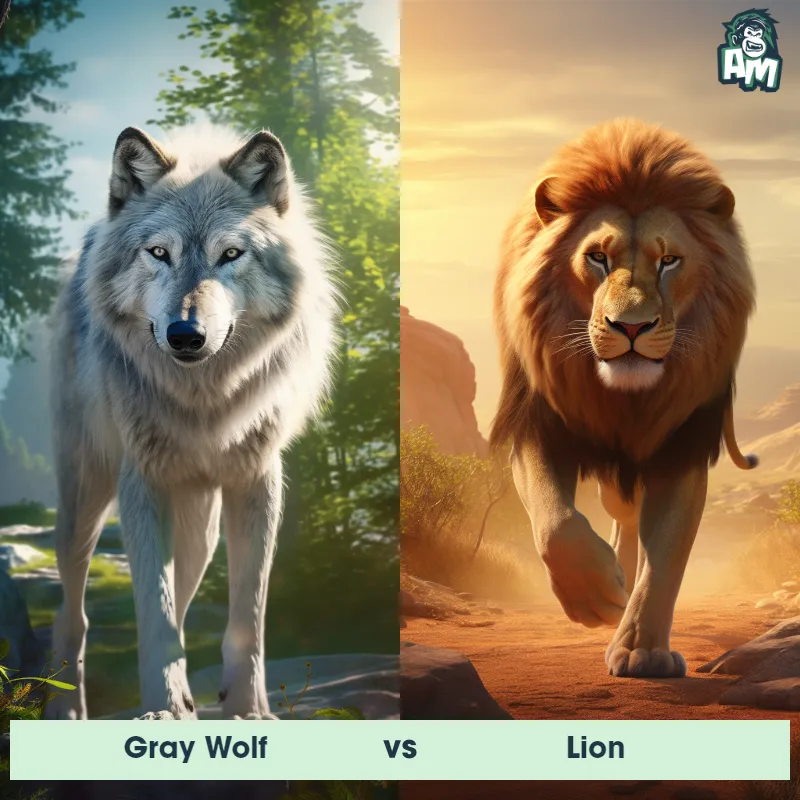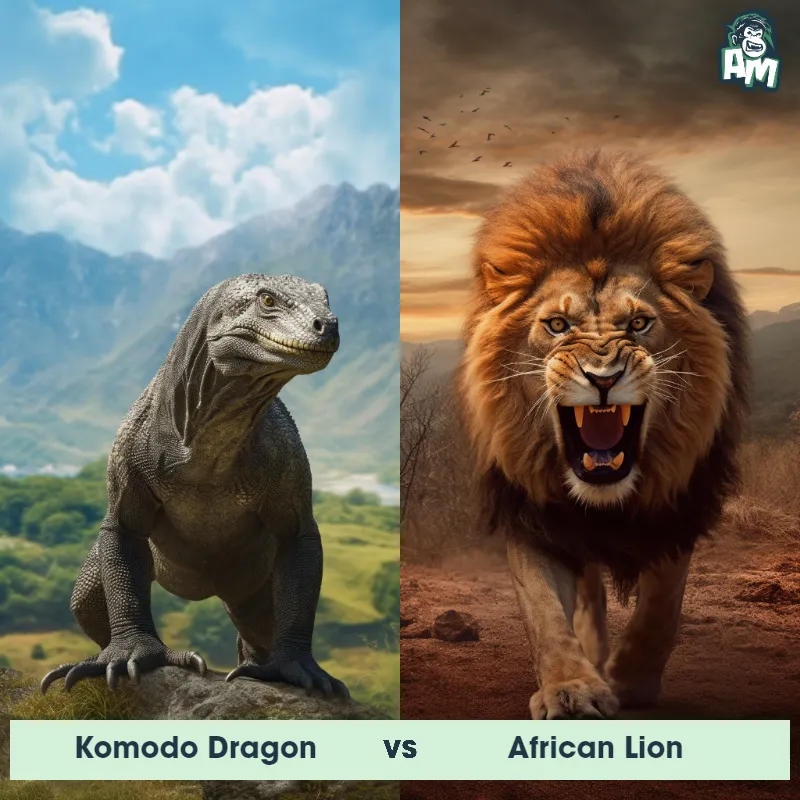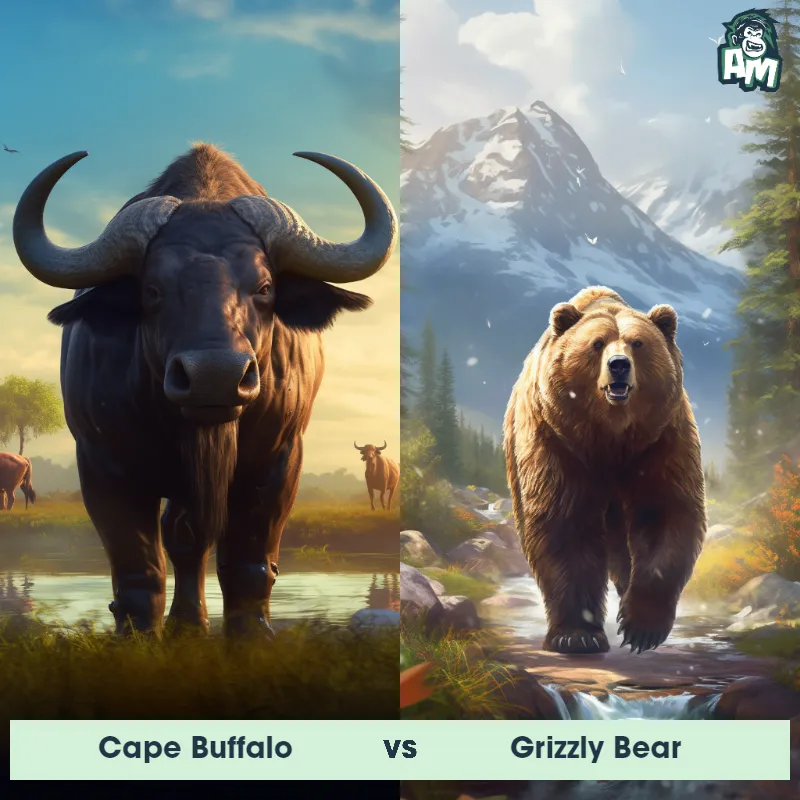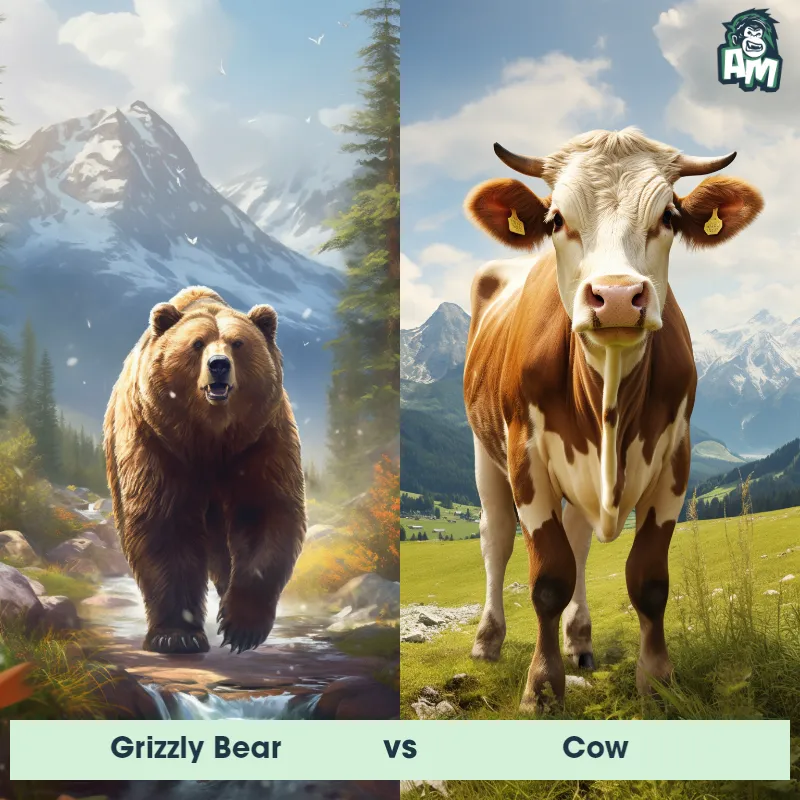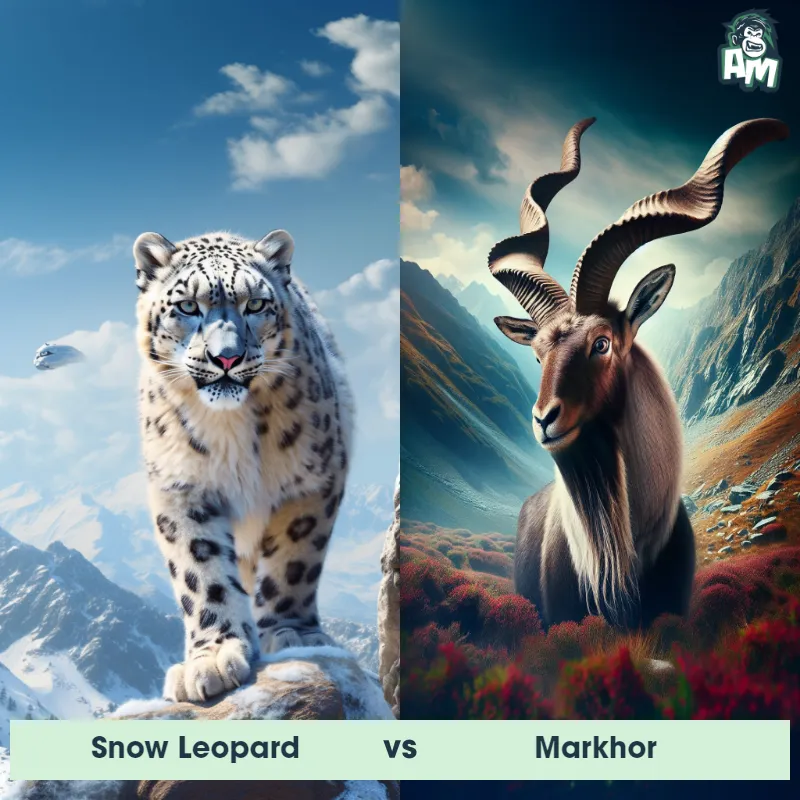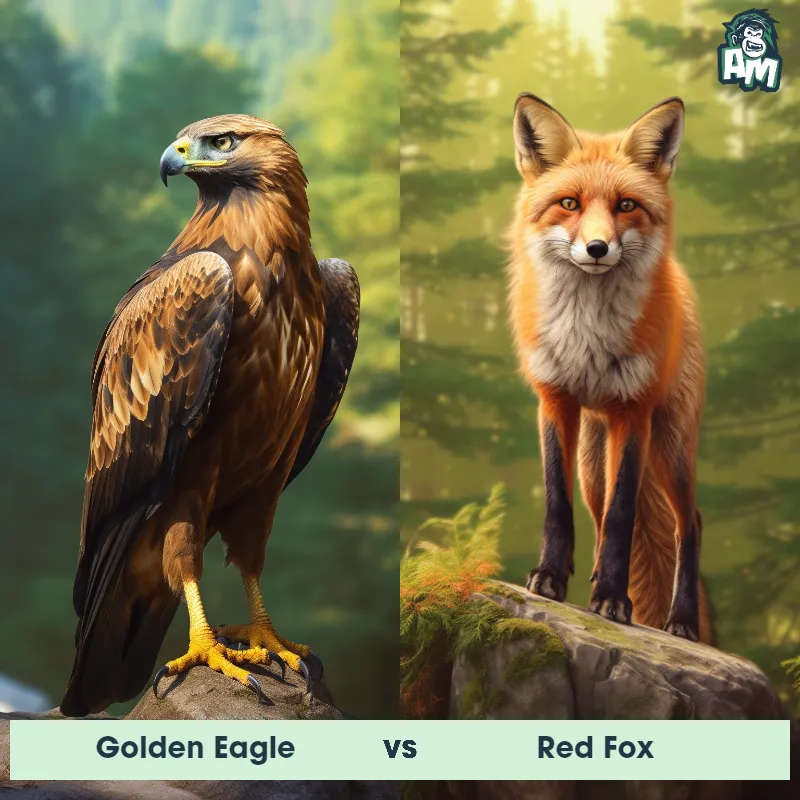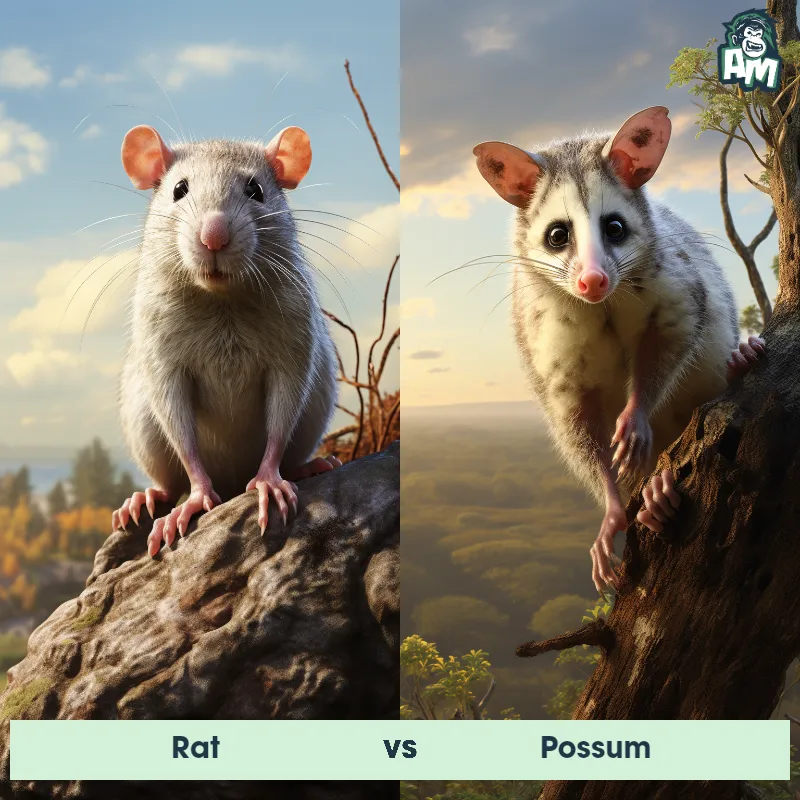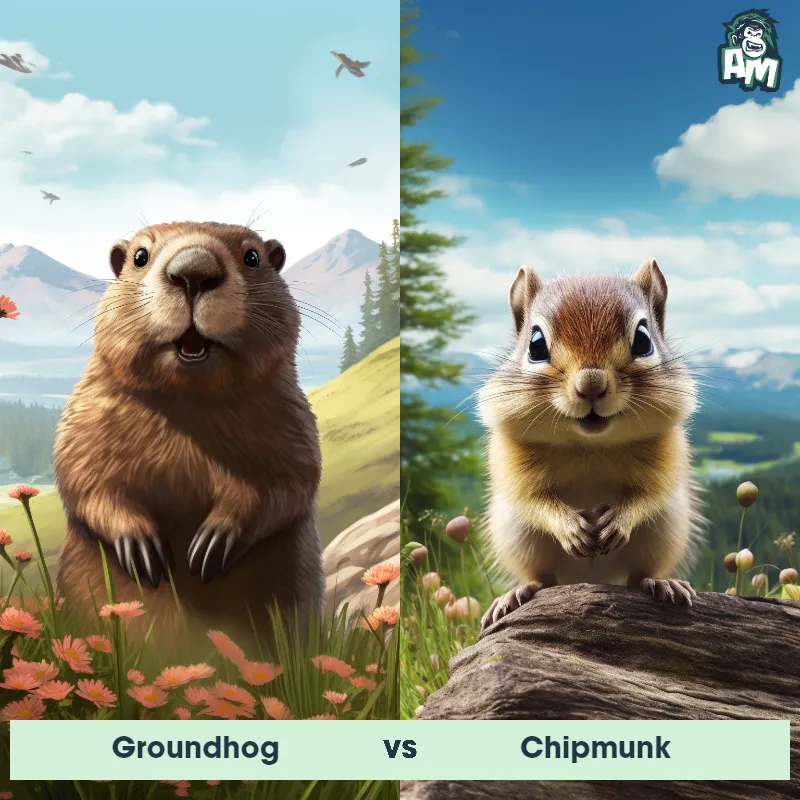Bobcat vs TigerSee Who Wins

Ladies and gentlemen, welcome to this thrilling animal matchup! We have a fierce showdown between a bobcat and a tiger, two formidable predators ready to clash in the wilds. This is going to be an intense three-round fight, and excitement is definitely in the air. Let's see which of these big cats will emerge victorious in this captivating battle of strength and agility.
Contender 1: Bobcat
The Bobcat, also known as Lynx rufus, is a medium-sized wild cat native to North America. They have short, reddish-brown fur with black spots and tufted ears. Bobcats are known for their distinctive short tails, which are only 5-6 inches long. They are solitary animals and are most active at dawn and dusk. Bobcats are skilled hunters and prey on small mammals, birds, and reptiles.
Fun Fact: Bobcats are excellent climbers and can easily scale trees to escape predators or hunt prey.
Contender 2: Tiger
The Tiger is a large and powerful big cat, known for its distinct orange coat patterned with black stripes, which are unique to each individual, much like a human fingerprint. Tigers have a muscular build, a heavy head with strong jaws, and a tail that is usually about half the length of their body. The largest species of the cat family, adult male tigers can reach up to 10 feet in length and weigh up to 660 pounds. Tigers are native to various parts of Asia and are adept swimmers, unlike most members of the cat family.
Fun Fact: Tigers are apex predators and primarily consume larger mammals for food, including deer and wild boar; a hungry tiger can eat as much as 60 pounds in one night.
Matchup Stats
| Bobcat | Tiger | |
|---|---|---|
| Size | 2-3 feet (0.6-0.9 meters) in length | Up to 10 feet in length (3.05 meters) |
| Weight | 15-30 pounds (6.8-13.6 kilograms) | Up to 660 pounds (300 kilograms) |
| Speed | Speed: 30 mph (48 km/hr) | 35-40mph (56-64km/h) |
| Key Strength | Powerful legs and sharp claws | Strong jaws and muscular build |
| Biggest Weakness | Small size compared to other predators | Limited endurance for long chases |
Current Votes
Bobcat vs Tiger
See Who Wins
View More Matches
Looking For More?
Similar Matches
Scientific Stats
| Bobcat | Tiger | |
|---|---|---|
| Scientific Name | Lynx rufus | Panthera tigris |
| Family | Felidae | Felidae |
| Habitat | Forests, deserts, suburban areas | Forests, grasslands, and swamps |
| Geography | North America | Asia |
| Diet | Small mammals, birds, reptiles | Carnivorous, primarily deer and wild boar |
| Lifespan | 10 years - 15 years | 15 years - 26 years |
Key Differences between Bobcat and Tiger
- Color and pattern: The Tiger has a distinctive pattern of dark vertical stripes on a reddish-orange or yellowish-orange coat, while the Bobcat has a more subdued coloration, with a tawny or brown coat marked by various spots and streaks.
- Facial features: The Tiger has a broad face with prominent, forward-facing eyes and pronounced cheekbones, whereas the Bobcat has a more slender face with high-set, tufted ears and a shorter snout.
- Size: The Tiger is significantly larger than the Bobcat, with males reaching an average length of 9-10 feet and weighing up to 600 pounds, while the Bobcat is much smaller, measuring only about 2-3 feet in length and weighing around 20-30 pounds.
- Habitat preference: Tigers are found primarily in grasslands, forests, and swamps across Asia, while Bobcats are native to North America and are commonly found in various habitats including forests, deserts, and farmlands.
- Geographic distribution: Tigers are mostly absent from the Americas, with their populations concentrated in Asia, whereas Bobcats are exclusively found in North America, ranging from southern Canada to Mexico.
- Tail length: Tigers have long and thick tails, measuring about 3-4 feet in length and featuring a pattern of dark rings, whereas the Bobcat has a relatively short tail of around 4-7 inches, with a black tip.



